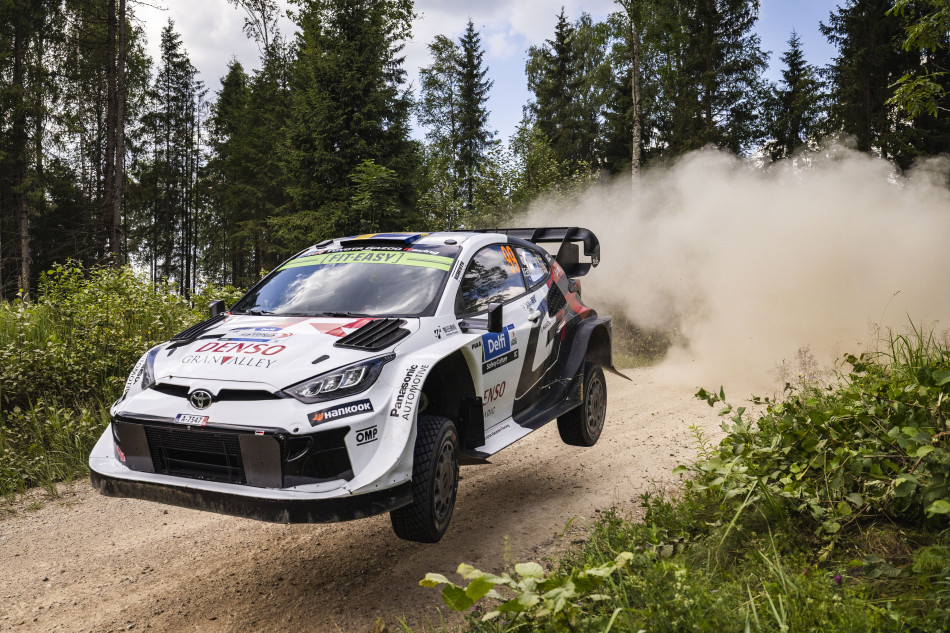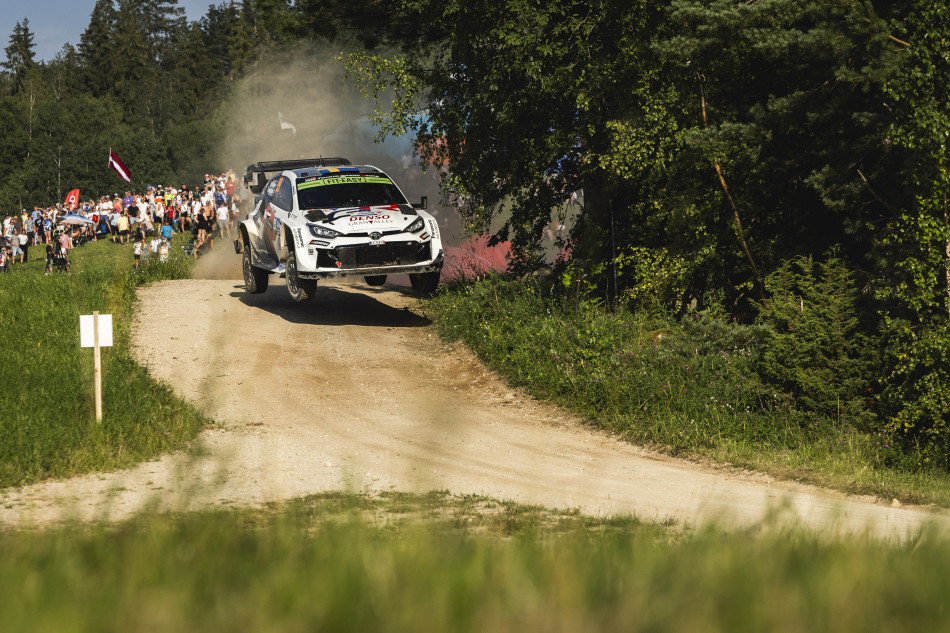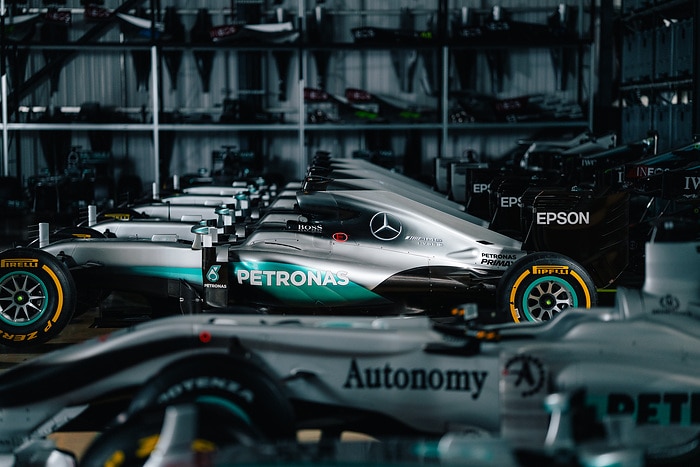
10:02 – McLaren will abandon Honda in favour of Renault power units in 2018, but how will the team adapt and integrate with a new supplier? GPUpdate.net technical analyst Craig Scarborough looks at the situation.
After three years with Honda, McLaren is switching power unit suppliers to Renault for 2018.
It is no secret that the three years with Honda have been incredibly hard, with both performance and reliability an issue, so it is understandable that a new power unit supplier emerged as an attractive alternative. With a pool of just four F1 power unit suppliers, it has been a difficult decision for both commercial and performance reasons. Although announced in Singapore, it was clear that the discussions were being finalised at Monza, which, although a few weeks beforehand, still leaves McLaren with an extremely shortened timescale to adapt its embryonic 2018 F1 design to the quite different Renault power unit.
As the relationship with Honda was clearly starting to strain, with the ongoing problems, McLaren’s options for a new PU supplier was tricky, as each was tied up with issues. After it was thought mid-season that Mercedes was the option, even if the PU was not the full 2018 spec, this deal appeared to wane over the summer. Ferrari, equally, was apparently not willing to offer a full 2018 spec PU, for Ferrari was committed to its works team, Haas and Sauber, making a fourth supply a stretch. Additionally, a commercial deal was going to be hard to negotiate between the two parties.
This left Renault, also committed to three teams, but more suited to a less political deal, the situation aided by Toro Rosso receptive to a switch to Honda. The final decision was to jump ship with Honda and go with Renault; it was a tough call, for the Renault PU has not been as competitive or reliable as the Mercedes/Ferrari. Having never excelled in the new engine formula, Renault has been somewhat flattered by Honda’s poor showing. In some respects, McLaren might not be seeing the performance uplift by opting for Renault, ditto with reliability, which, although shocking for Honda, Renault’s teams have already had penalties for exceeding the permitted number of elements.

Any F1 team prepares its next season very early in the current campaign, with research and development starting in earnest as soon as the current car is released, while some R&D projects incubate for more than a year. Major lead time items, such as the monocoque and gearbox casing, are signed off mid-summer in order to be ready for manufacture and crash testing before the car can be built up and go testing. Anything delaying the design of these components will invariably push the project into delays or added costs. With a new engine to package the impacts on the back and sides of the tub, as well as the gearbox, means that the September decision to partner with Renault has already seen McLaren announce a two-week delay to its programme, while the integration of the halo could accentuate its prospects of getting a car ready for the first test.
So how different is the Renault to the Honda and what needs adapting to suit?
Mechanical
For McLaren, the 2014 power unit regulations made one job a little easier, as the bolt patterns from chassis to engine and engine to gearbox are fixed, as even the theoretical volume for the PU is set out in the rules. But from there the detail installation varies in nearly every way from one make of PU to another.

Firstly, we are making the assumption that Renault is not going to massively repackage the PU for 2018; although the rules allow it, it is thought unlikely that Renault is about to change its turbo installation for a Mercedes style split turbo. In its 2017 homologated format, Renault has the turbo mounted behind the engine, with both the compressor and turbine stage mounted close together and the Motor-Generator for the ERS-H mounted inside the “V” of the engine in front of the turbo. Switching away from the Honda with its split turbo layout, McLaren will have freed up space in front of the engine that takes up fuel tank volume.
Most teams with an uncertain PU design will make the monocoque design modular, so much of the tub’s design will be fixed in terms of safety structures, aerodynamics and suspension packaging, but the rear bulkhead that mounts to the engine will be left as a separate section. Consequently, its design can be frozen much later, as the details of the PU installation are confirmed. Still, it is only when the entire monocoque design is signed off that the team can start work on the tooling, moulds and lay up of the 2018 tubs. It is this that is likely to be the key manufacturing process that will delay the MCL33.

More visible from the outside, the engine cover behind the engine will have to clear the turbo hardware, making for a slightly longer body shape. Also affecting this area will be the inlet plenum, which is the pressurised carbon fibre chamber that is fed by the turbo to pass air into the engine. For Renault, in contrast to Honda, this places a lot of hardware high up at the front of the engine, but slopes away quickly towards the rear, albeit, this lower shape is somewhat offset by the need to fit a duct that feeds the airbox routed from the roll hoop inlet all the way over the top of the engine to the turbo. Honda’s split turbo only needed a very short airbox at the front of the engine. Thus, McLaren could go to a longer but sloping shape around the back of the engine cover.
Alongside the engine, the exhausts going to the turbo are relatively similar in size and shape, so the coke bottle shape will not have to be compromised to suit these.

Away from the engine itself a piece of key hardware that will change is the cooling package. Although hard to judge from pure observation, the Renault power unit has quite a different ratio of cooling between the oil, water and charge-air needs to that of the Honda. In particular, the Renault appears to require a lot of charge-air cooling: this is the air compressed by the turbo that goes into the engine, which requires cooling to make for efficient combustion. In the 2017 McLaren there is a single thin charge-air intercooler mounted in the left sidepod; the 2017 Renault installation, in all three cars (Red Bull, Renault, Toro Rosso) uses two thick intercoolers, one in each sidepod. While the need for very large intercoolers has been reduced on the Renault package over the four years of these regulations, they are still apparently the largest coolers amongst the four PUs. Offsetting this the overall cooler volume is about the same for the Renault; McLaren may have to repackage the internal ducting for the sidepods, but the general shape and volume should not be too far from the 2017 Honda. McLaren, as with all teams, will be wrestling with the introduction of the halo and how its upsets airflow into the roll hoop inlet, which is used for feeding the engines airbox and often used to feed coolers mounted above and behind the engine. As a result, it is likely that the cooling package was always going to be a change for the team over the winter.

This leaves the gearbox. Although its internal gear cluster will not need changing, the front of the gearbox will need revising to suit the Renault package in two areas. Firstly, the shape of the outer carbon fibre gear casing. This will need to clear the turbo at the back of the engine; as mentioned above, having the entire turbo at the back of the engine creates a larger assembly inside the gearbox and careful design work will be required to maintain stiffness of the casing, with a larger hole in its upper surface.
This could have a small knock-on effect on the wheelbase. Current F1 gear cases are already longer than they need to be simply to contain the gear cluster, as they are extended to obtain the correct wheelbase. It is unlikely that McLaren will want a shorter wheelbase for 2018, but there may need to be some repackaging of the suspension internals mounted inside the gearcase, to clear the turbo, or McLaren may simply extend the wheelbase. Unlike a cast metal gearcase, the McLaren casing is carbon fibre and manufactured in-house, so the team will have control over the manufacturing timelines and be able to manage any delay in the casing design being signed off.

Also to a much lesser level of impact, the gearbox input shaft may be a few millimetres different from one PU to another and with a different pattern to mate to the clutch mounted on the back of the engine.
Packaging the hardware will inevitably create more work for McLaren, but while some of the changes may seem major, the work will be not too different from repackaging a newer Honda PU. As always it is more of an issue that the timescales are compressed, but well within McLaren’s resources and not likely to negatively impact the new car’s performance.
Electronics
Current Formula 1 electronics hardware is far more tightly controlled than in the past, with a standard ECU and many homologated components. The job of integrating the new PU, therefore, will be somewhat simpler, but still, the Renault PU will come with its own ignition and power modules that differ from the Honda. Equally, so is the packaging of the power unit with sensors and cabling. The entire rear-end wiring loom will need to be customised to suit the Renault package. This continues with the ERS installation, and although the Motor Generator Units for the ERS-K and ERS-H are in similar positions, the high voltage cabling will pass through different paths and into different Control Electronics. These will in turn link to a different Energy Store (battery).

For 2018, the Control Electronics must live with the battery in a recess under the back of the monocoque. The different shape control units and battery mean that the lower rear of the monocoque will also need revising, in addition to the engine mounting described above. With these shapes defined around the back of the tub, it is only then that the fuel tank shape can be confirmed. As this is a part made by ATL LTD, it is an outsourced part and thus somewhat constrained by a third party’s manufacturing timescale. But this is part of the of the science of manufacturing to tight deadlines, something at which Formula 1 teams excel.
With the electronics inevitably comes software. Like the standardised electronic hardware, there are also standardised software environments. McLaren therefore does not have a major coding change to contend with, but as the control strategies for one PU to another are invariably different, the changes will be to the algorhythms that control how and when the power unit deploys and harvests energy.

Rather than Honda staff dealing with McLaren, it is stating the obvious that Renault will now have its own technical staff working with the Woking operation. With this comes not just different people, but different working practices, procedures and cultures. Adapting to this will not be an issue, merely that things will be a little different. There is something of a benefit that Renault is just across the English Channel in Paris, rather than Japan, as the reduced time difference and travel time will make cooperation a little easier. Not least because Renault has a long record as a manufacturer in supplying F1 teams, so the outfit is well versed in the process of operating this way. However, Renault will be torn between three teams: Renault, Red Bull and McLaren. It has been evident that the pressure to supply its own team and Red Bull has led to Toro Rosso being the less well-favoured partner. Now McLaren is the third partner, in place of Toro Rosso, there is surely greater pressure to supply these teams equally, as potentially any one of these three teams could be a regular podium contender in 2018, especially with Red Bull reportedly requiring a new PU supplier for 2019.
Conclusion
McLaren has a huge load added to the winter job list, but none of these issues are insurmountable. However, effort spent reworking the car to suit the Renault means effort not spent making the car intrinsically faster. It is fair to say the Renault will be a better power unit, in terms of power, efficiency and reliability, but there remains the question to what extent is it better than the Honda? Will the Renault power unit finally make the step-up to catch Mercedes and Ferrari on outright performance in 2018? McLaren does not have a silver bullet to jump straight into a podium winning position, for there is still Mercedes and Ferrari to contend with, not to mention the other Renault-powered cars on the grid. McLaren will need to prove its chassis is as good as it claims in order to make a real step towards the front in 2018.
Stay tuned to GPUpdate.net for more technical insight from Craig Scarborough through 2017

Source :http://feeds.gpupdate.net






















